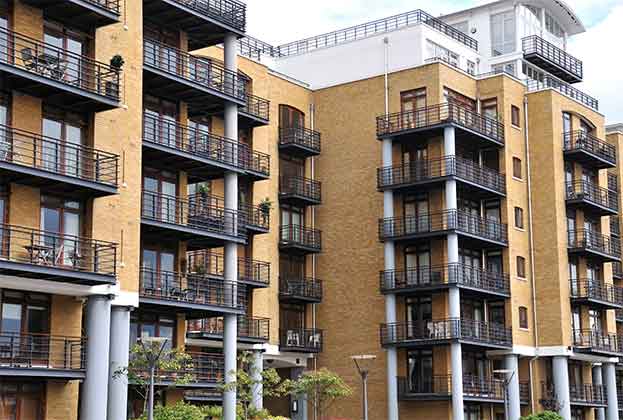Tighter regulation and tax have limited BTL supply, creating opportunities for Build to Rent
New BTL lending has fallen dramatically and UK Finance data reveals 134,400 (BTL) mortgages have been redeemed since 2016 (38,000 per year). Restrictions on the tax relief for mortgage interest payments have been a key driver of this. This is likely to bite harder if, as and when interest rates start to rise.
Moreover, in the short term, we believe the finances of this group of landlords will be more exposed to coronavirus-related non-payment of rent and a build-up of rental arrears. The experience of this, coming on top of other pressures, could easily hasten the departure of even more mortgaged landlords from the sector.
With some 1.96 million BTL mortgages still outstanding, this and other regulatory changes (such as the proposed abolition of no-fault evictions) is likely to further deter private landlords.
That leaves significant scope for expansion of a Build to Rent sector that is attracted to the long-dated income from single and multifamily schemes. Institutional investors could be an important source of demand for new build stock if housebuilders scale supply back up faster than demand from households. Currently Build to Rent accounts for just 1% of all private rented homes in the UK, compared to 45% in the US and 35% in Germany. As we reported in last year’s research report ‘The Sky’s the Limit’, we believe the Build to Rent sector has the capacity to increase in scale from £10 billion today to £550 billion at full maturity.
Equilibrium: a state in which opposing forces or influences are balanced
So where does all of that leave us?
In theory at least, there should be equilibrium between tenures when the underlying forces of mortgage accessibility on the one side and investor appetite on the other are balanced. It follows that growth in the level of private renting and a fall in the level of owner-occupation could not continue at the same pace forever. But, as the experience of the recent past tells us, forecasting where they go next is more difficult, particularly given the prospect of disruption in the housing market over the next six months, the mortgage markets in particular and tax environment for BTL investors.
Ultimately the equilibrium point will be dictated by a number of demand and supply drivers: the way projected population growth feeds into new households, how mortgage regulation continues to be applied, the ability of the government to encourage lenders to offer more mortgage products at higher LTVs as we emerge from the coronavirus pandemic, the extent to which new policies such as First Homes gain traction, and, as importantly, the extent to which institutional investors fill the gap left by mortgaged private investors.
Read the articles within Spotlight: Changing drivers of tenure below.
.jpg)

